The Effect of Landscape Interventions on Groundwater Flow in a Watershed - Blue Nile
Published on by Water Network Research, Official research team of The Water Network in Academic
Anthropogenic landscape conversion from forest to agricultural land affects baseflow. Baseflow is a source of potable water and can be used for the irrigation of high value crops. Finding ways to increase base and inter flow (i.e., groundwater flow) is, therefore, essential for the improvement of the livelihood of rural inhabitants. Therefore, the objective is to investigate the effect of landscape interventions on stream discharge and, in particular, on groundwater flow.
The Tikur-Wuha experimental watershed in the upper reaches of the Blue Nile was selected because discharge data were available before and after implementation of a suite of land management practices that, among others, enhanced the percolation of water to below the rootzone. The parameter efficient distributed (PED) model was used to separate overland flow from total flow. The groundwater flow index (GWFI), defined as the quotient of the annual groundwater flow to the total stream discharge at the outlet of the watershed, was calculated. Our analysis with the PED model showed that at similar annual rainfall amounts, more baseflow and less surface runoff was generated after the landscape intervention, which promoted deep infiltration of the rainwater. The decrease in surface runoff shortly after the implementation of the land management practices is similar to observations in other watersheds in the Ethiopian highlands.
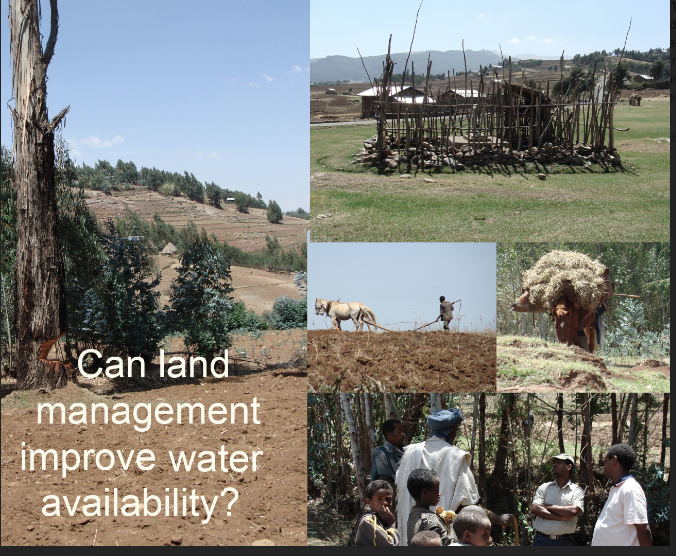
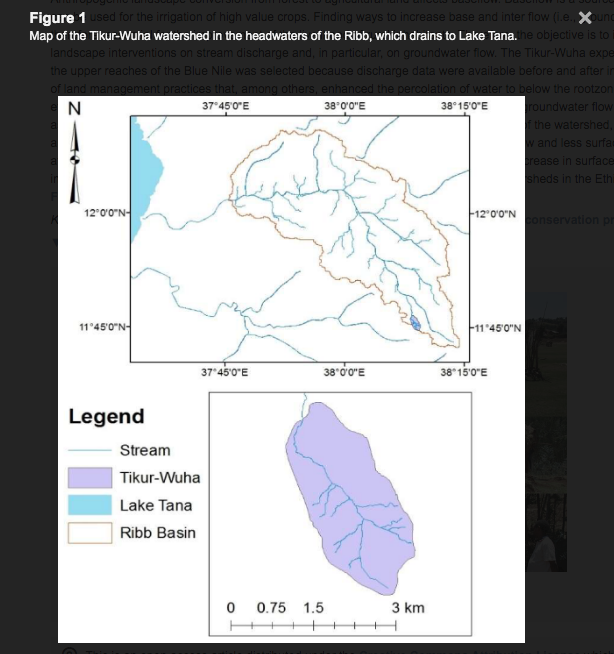
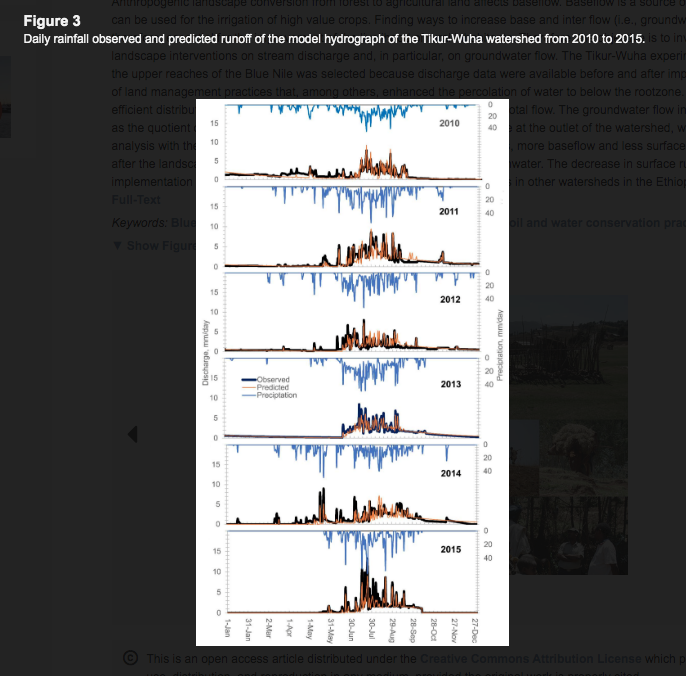
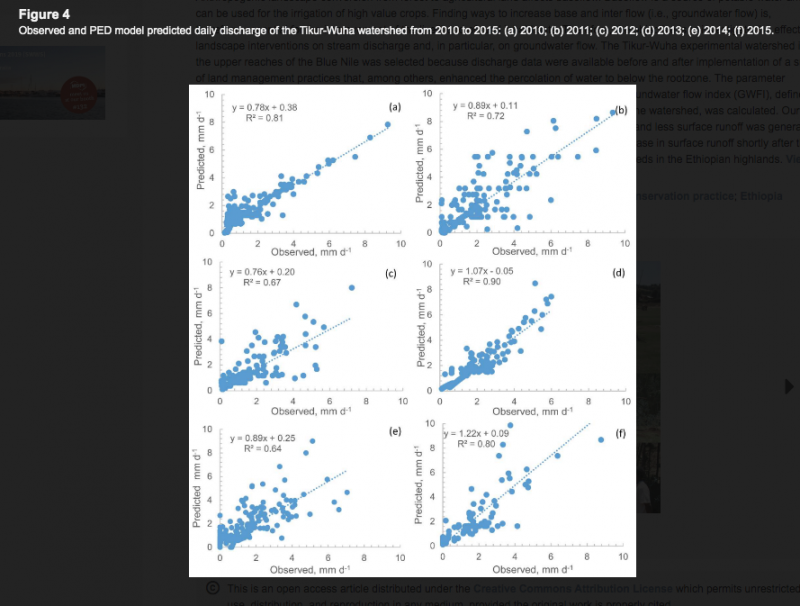
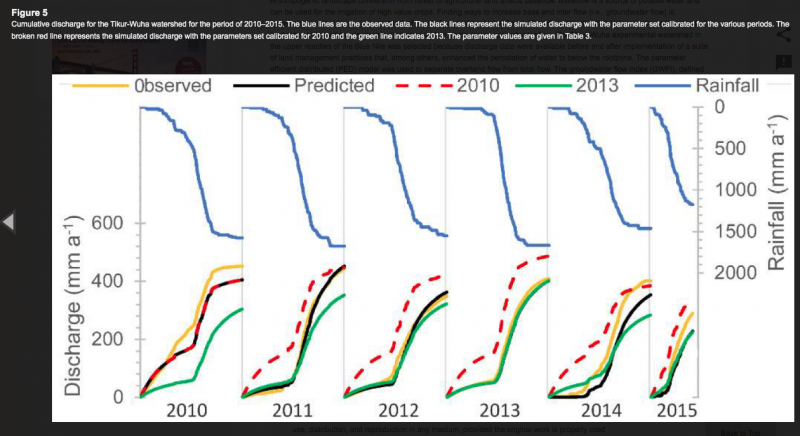
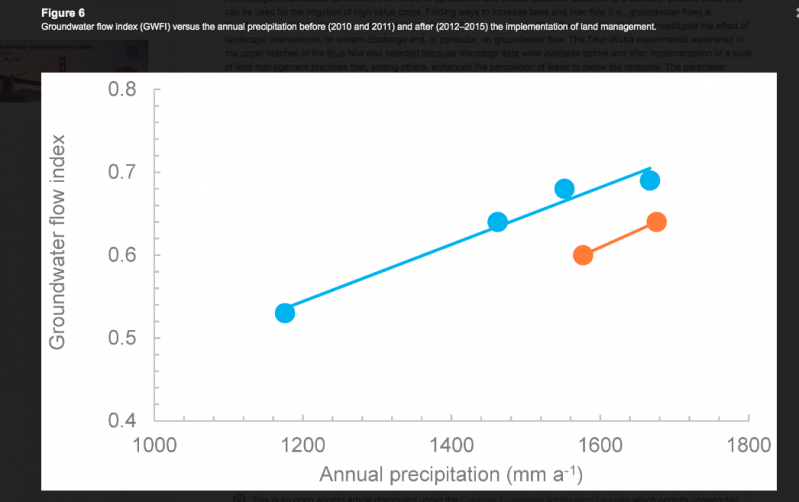
Media
Taxonomy
- Groundwater Recharge
- Groundwater Assessment
- Groundwater Modeling
- Groundwater Mapping